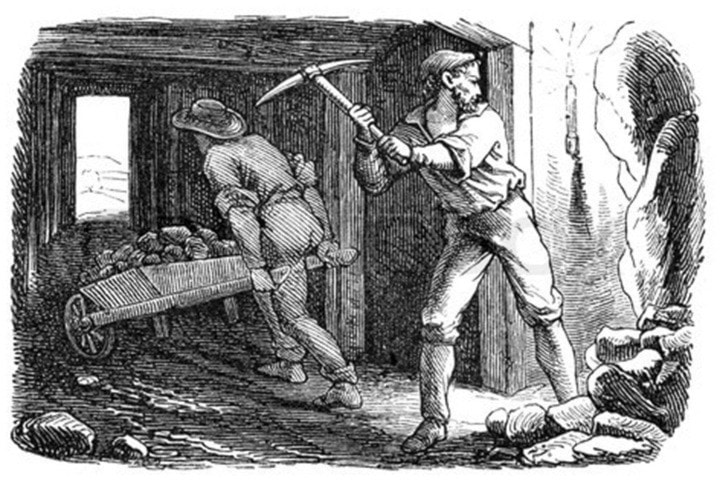There is gold in them thar hills of Rossland, even over 100 years after the gold rush ended.
Dan Wehrle, a professional geoscientist living in Rossland, has begun recent reclamation and gold exploration activities near the Golden City on one of its former major gold-producing claims, and the activity looks promising.
The owner of several claims in town, Wehrle has been doing work on the over-100-year-old claims with the intent of making them productive again.
He spoke to city council recently to give the public some knowledge of what he was doing at the eastern foot of Columbia Kootenay Mountain, rather than just relying on gossip and hearsay.
With no corporate backing or sponsorship, Wehrle has undertaken gold exploration in the Rossland region, all by hand. He has concentrated his activities in the old Mining School area, on the Rossland Mascot claim, next to the Columbia Kootenay mine.
“I want to find out if Rossland has another few million ounces left in her, through the intersection-and-abayment theory, there is very good potential in there,” he said.
In the 1890s several mine tunnels were blocked with ore after they were deemed unproductive—yielding around seven grams of gold per tonne.
The technology wasn’t there to process the ore, said Wehrle, as those early miners needed high grade ore, around one ounce per tonne (about four times as rich).
But with today’s technology, seven grams per tonne is considered ultra high grade ore, said Wehrle.
“So there is opportunity in the little bits that are there,” he said.
Not only is the project a search for more gold, it’s a labour of love as well, said Wehrle.
“We’ve been trying to bring the area back to its original state, or at least as close as we can,” he said.
Since 2010 Wehrle has been working in the area, researching, walking the old claims, sampling but in 2012 he started work in earnest.
In his first two years on the claims he discovered some historical artifacts out there, including an iron dam on one of the creeks.
“That’s part of the job too, to document some of the cultural resources out there,” he said.
There’s an assortment of debris piles, metal, mining cars and old nails littering the site as well. Wehrle is cleaning up a lot of areas as he prospects.
“What I am doing is part of what the ministry is encouraging now that is, when you are permitted to do exploration work, you should be actively at the same time cleaning up after yourself,” he said.
There is not supposed to be anything to cleanup at the end of a claim.
He has also taken it upon himself to clean up other areas that are not part of his claim, including a government burn site.
“This stuff needs to be cleaned up. People walk out there, walk their dogs,” so it’s safer to clean it up, Wehrle said. “I’ve really tried to make this a beautiful place. I love working out there … and I aim to keep it beautiful.”
The Mascot claim is an amalgamated, converted, reverted, Crown granted claim that was reverted again to a mineral claim.
Wehrle has plans for three more years of reclamation and underground rehabilitation, testing and sampling.
In the future there could be a large-scale operation on the site again, like the LeRoi once was, Wehrle said.
“Let’s face it, Rossland was a three million ounce producer. It used to be second largest gold producer west of the Ontario/Manitoba border,” he said. “Rossland was really on the map as far as gold was concerned.”
editor@rosslandnews.com
